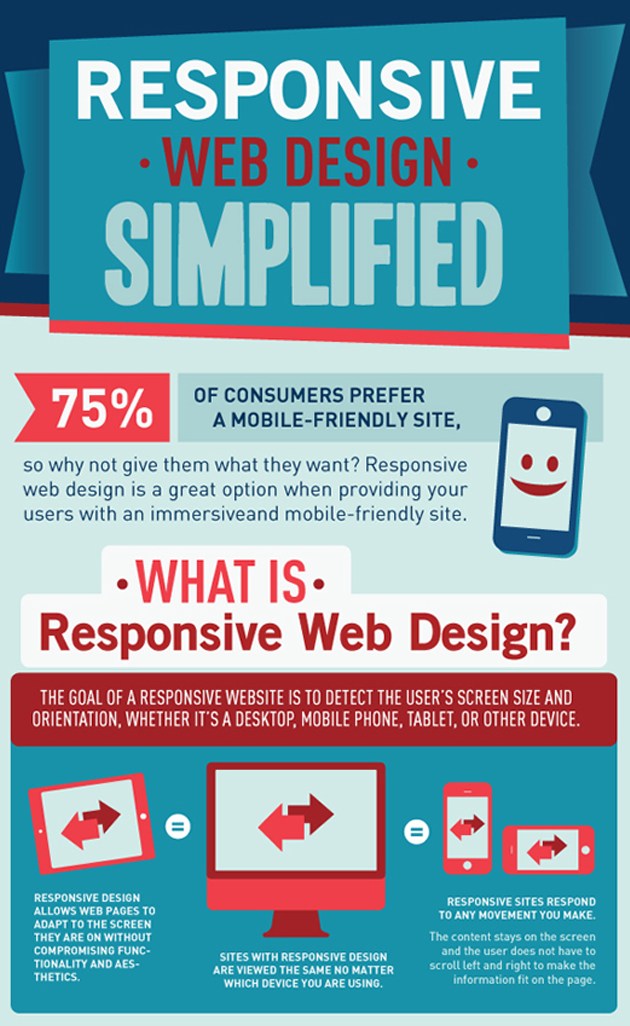Interested In Finding Out Just How Website Design Has Changed For Many Years? Check Out The Journey
Interested In Finding Out Just How Website Design Has Changed For Many Years? Check Out The Journey
Blog Article
mouse click the up coming web site -Pappas Clarke
In the past, websites were straightforward and focused on info. Navigation was direct, and style was for desktop computers. Currently, user experience is crucial. Data overviews styles for easy navigating. Responsive formats match various gadgets. Highly recommended Web-site , dark setting decreases pressure, and minimalist food selections boost navigating. Interactive functions engage individuals, and vibrant visuals stand out. AI assimilation boosts involvement. See exactly how layout has actually advanced to enhance your online journey.
Very Early Days of Website Design
In the very early days of web design, simplicity reigned supreme. Internet sites were basic, with limited shades, font styles, and designs. The emphasis was on giving details as opposed to showy visuals. Individuals accessed the net with slow dial-up links, so rate and functionality were key.
Navigation menus were straightforward, typically situated on top or side of the page. Web sites were created for home computer, as mobile browsing wasn't yet widespread. Web content was king, and developers focused on very easy readability over complicated style aspects.
HTML was the primary coding language utilized, and designers had to work within its restrictions. https://www.htmlgoodies.com/seo/tips-for-setting-up-your-google-business-profile/ and interactive functions were minimal contrasted to today's standards. Websites were static, with little dynamic web content or customized individual experiences.
Rise of User-Focused Design
With the development of web site design, a change in the direction of user-focused style concepts has actually come to be increasingly prominent. Today, developing web sites that focus on customer experience is crucial for engaging visitors and attaining business objectives. User-focused design involves comprehending the needs, preferences, and behaviors of your target market to tailor the site's format, content, and features as necessary.
Designers now perform thorough research, such as user surveys and usability screening, to collect insights and feedback directly from users. This data-driven approach aids in creating instinctive navigating, clear calls-to-action, and visually enticing user interfaces that reverberate with visitors. By putting the individual at the center of the design process, internet sites can provide a much more customized and pleasurable experience.
Responsive style has actually additionally become a crucial aspect of user-focused design, guaranteeing that internet sites are maximized for various devices and screen dimensions. This flexibility enhances accessibility and use, dealing with the diverse methods customers interact with sites today. Essentially, the increase of user-focused layout symbolizes a change in the direction of developing electronic experiences that prioritize the needs and expectations of the end customer.
Modern Trends in Web Design
Check out the most up to date trends forming website design today. One prominent pattern is dark mode layout, supplying a streamlined and modern look while reducing eye stress in low-light atmospheres. One more key pattern is minimalist navigating, streamlining food selections and enhancing customer experience by focusing on essential elements. Including micro-interactions, such as animated buttons or scrolling impacts, can produce an extra interesting and interactive web site. Responsive layout stays essential, making sure smooth individual experiences throughout numerous devices. Additionally, using vibrant typography and asymmetrical formats can include visual interest and draw attention to particular web content.
Incorporating AI technology, like chatbots for customer support or personalized referrals, boosts user engagement and enhances processes. Availability has additionally come to be a significant fad, with developers focusing on inclusive style techniques to deal with diverse individual needs. Accepting sustainability by maximizing site efficiency for speed and performance is an additional arising pattern in website design. Collaborating with customer responses and data analytics to repeat and improve design continuously is necessary for staying relevant in the ever-evolving digital landscape. By embracing these modern patterns, you can produce an aesthetically enticing, user-friendly web site that reverberates with your target market.
Conclusion
As you assess the advancement of site layout from the very early days to now, you can see just how user-focused design has become the driving pressure behind contemporary patterns.
Welcome the journey of adjustment and adjustment in web design, constantly keeping the individual experience at the leading edge.
Remain existing with the current fads and technologies, and never ever stop progressing your strategy to create aesthetically stunning and user-friendly websites.
Progress, adjust, and develop - the future of web design remains in your hands.
